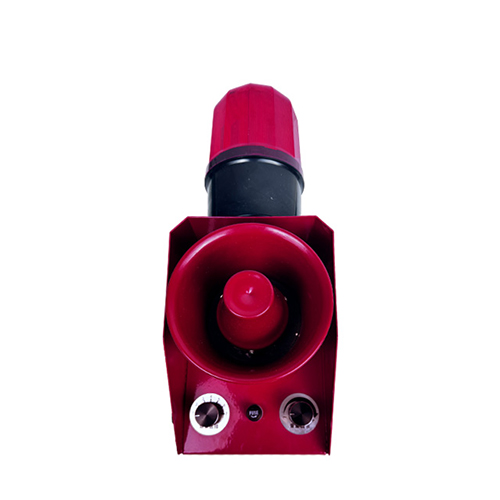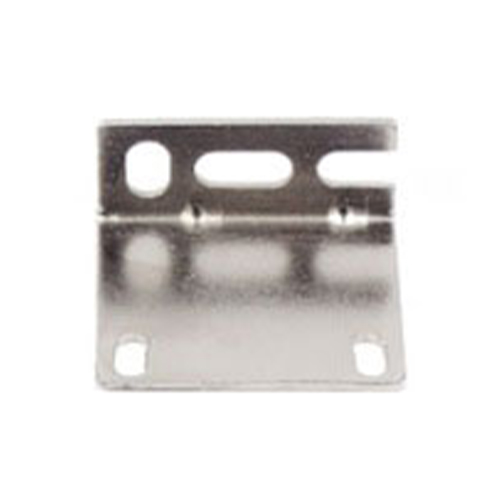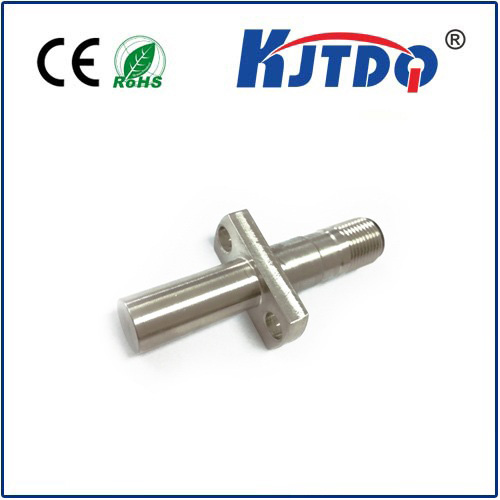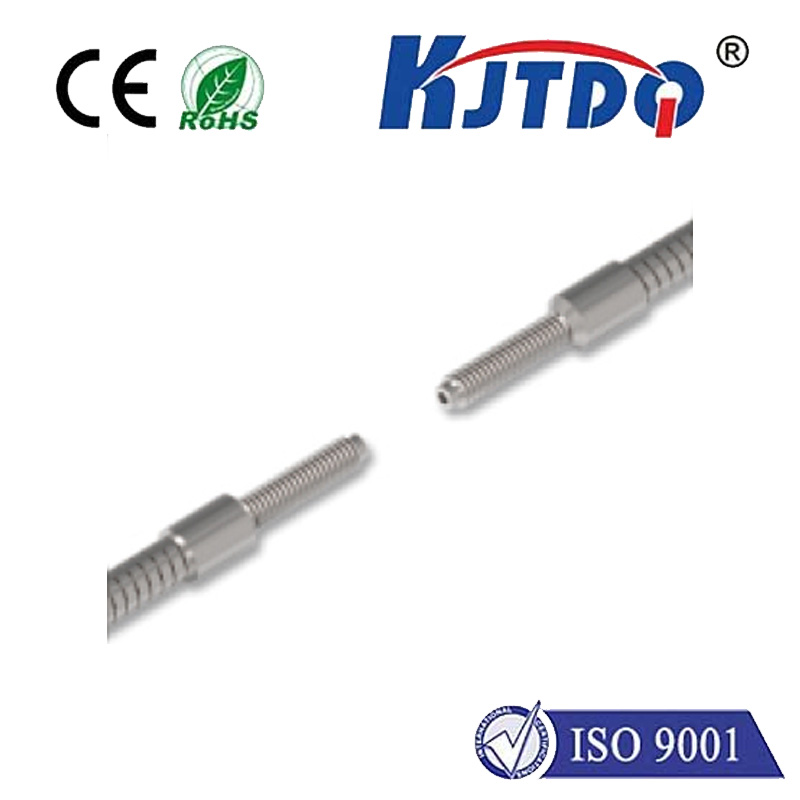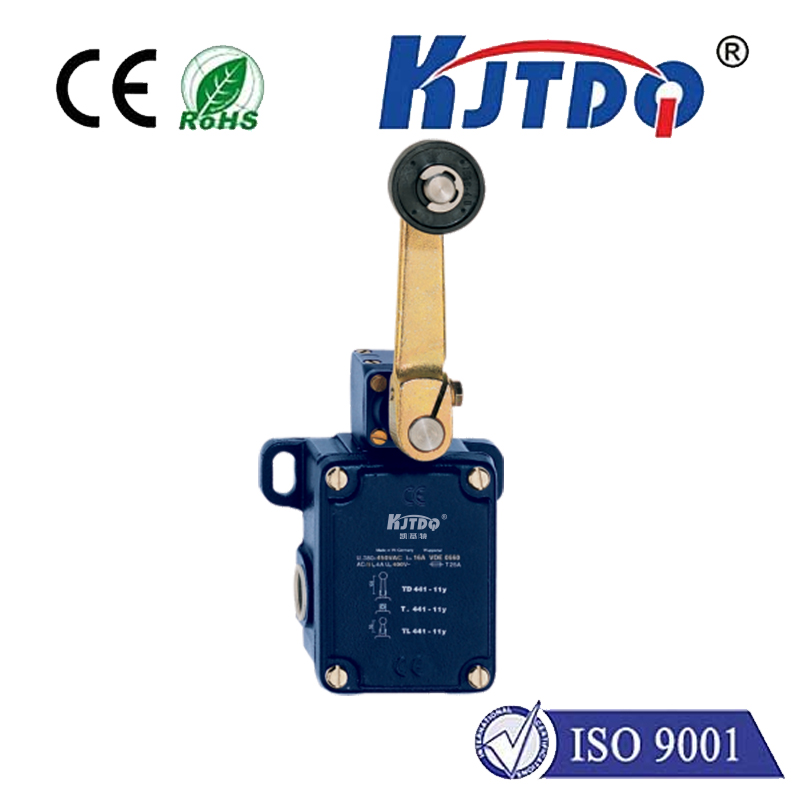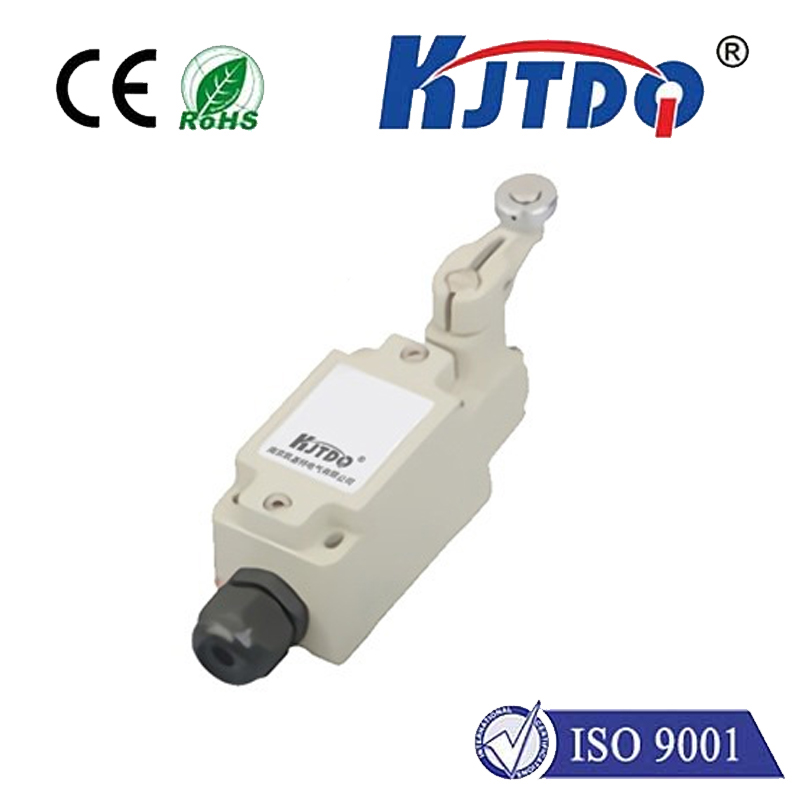proximity sensor switch inductive
- time:2025-09-05 15:43:18
- Нажмите:0
The Indvisible Guardians: How Inductive Proximity Sensor Switches Revolutionize Automation
Imagine a factory humming with robotic arms, precisely welding car frames, or a high-speed conveyor system flawlessly sorting packages. What invisible force ensures these machines operate with uncanny precision, detecting the presence or absence of critical components without a physical touch? The answer often lies in the unassuming yet powerful переключатель индукционного датчика приближения. These workhorses are fundamental to modern automation, providing robust, reliable, and non-contact object detection, particularly for metallic targets.
Understanding the Core Principle: Electromagnetism at Work
An переключатель индукционного датчика приближения operates on the elegantly simple principle of electromagnetic induction, discovered by Michael Faraday. At its heart is an oscillator circuit generating a high-frequency alternating electromagnetic field. This field radiates from the sensor’s active face, typically housed in a rugged metal or polymer body designed for industrial environments.
When a metallic object (ferrous metals like iron and steel are the primary targets, though non-ferrous metals like aluminum, copper, or brass can also be detected, sometimes with reduced sensing distances) enters this electromagnetic field, it acts like the core of a transformer. Eddy currents are induced on the surface of the metal object. These circulating currents create their own opposing electromagnetic field, essentially ‘loading’ the oscillator circuit within the sensor.
This interaction causes a measurable change in the oscillator’s amplitude. Sophisticated internal circuitry, including a trigger circuit and signal conditioner, continuously monitors this amplitude. Once the change exceeds a predefined threshold – indicating the target object is within the sensor’s specified sensing range – the sensor’s electronic switch instantly changes state. This switch is the heart of the “switch” functionality: it’s usually an NPN (sourcing) or PNP (sinking) transistor output, providing a clean, bounce-free signal compatible with Programmable Logic Controllers (PLCs), machine controllers, and other industrial electronics.

Key Components and Characteristics: Built for Reliability
- Oscillator: Creates the crucial high-frequency electromagnetic field.
- Detection Circuit: Monitors the oscillator amplitude for changes induced by a target.
- Output Circuit: Contains the solid-state switching element (transistor) that changes state upon target detection.
- Housing: Provides environmental protection (commonly IP67 or IP68 rated for dust/water resistance) and mechanical robustness. Flush or non-flush mounting options dictate optimal installation.
Inductive proximity sensor switches offer a compelling set of advantages that cement their place in industrial settings:
- Non-Contact Operation: This is paramount. The sensor never physically touches the target, eliminating mechanical wear, friction, and potential damage to both sensor and object. This translates to significantly longer operational lifespans and minimal maintenance requirements.
- Extreme Reliability & Speed: With no moving parts and solid-state electronics, these sensors offer millions of switching cycles. Their response times are incredibly fast, typically in the microsecond range, making them ideal for high-speed counting or positioning applications on fast-moving machinery.
- Robustness: Designed to thrive in harsh factory floors. They are inherently resistant to dirt, dust, oil, coolants, vibration, and electrical noise. Sealed housings enhance their resilience against washdowns and humid environments.
- Simple Integration: The standard transistor outputs (NPN/PNP) connect seamlessly with most industrial control systems. Many models offer LED status indicators for easy diagnostics.
- Long Sensing Ranges: While dependent on the sensor size and target material (standardized sensing distances are typically fractions of an inch/several millimeters up to a few inches/several tens of millimeters for larger sensors), they provide sufficient range for most positioning and detection tasks.
Where the Invisible Detection Shines: Diverse Applications
The reliability and non-contact nature of inductive proximity switches make them ubiquitous across virtually every industry involving machinery and automation:
- Производство: Detecting presence/absence of parts on conveyors, monitoring end positions of cylinders, verifying tool positions in CNC machines, counting metal parts, controlling robotic arms.
- Automotive: Ensuring precise positioning in assembly lines (engines, doors, wheels), verifying component presence (pistons, gears), detecting metal flags for speed sensing.
- Packaging & Material Handling: Bottle cap detection, confirming case placement, monitoring fill levels in metal containers, verifying pallet presence.
- Machine Building: Safety interlocks on guards (confirming doors are closed), monitoring linear and rotary movements, spindle positioning.
- Food & Beverage: Detecting cans, metal lids, or foil seals (where sensors approved for incidental contact exist), verifying position of metallic machine components in processing lines.
Contrasting Sensing Technologies
Understanding inductive sensors is aided by comparing them to other common proximity detection methods:
- Capacitive Sensors: Detect both conductive and non-conductive materials (liquids, plastics, wood, powders) by measuring changes in capacitance. While versatile, they can be more susceptible to environmental factors like humidity compared to inductive sensors focused solely on metal detection.
- Optical Sensors (Photoelectric): Use light beams to detect objects of almost any material at longer distances. However, optical sensors can be compromised by dirt obscuring lenses, ambient light interference, or the target’s transparency/color. Inductive sensors excel precisely where optics falter – in dirty, wet environments or when reliably detecting opaque metal objects without interference.
Selecting and Implementing Effectively
Choosing the right индукционный переключатель приближения involves several factors:
- Target Material: Ferrous metals yield the longest sensing distance. Check specifications for non-ferrous metals.
- Required Sensing Distance: Select a sensor whose nominal range comfortably exceeds the needed operating distance to account for tolerances.
- Mounting Constraints: Flush-mountable sensors are protected from lateral metal influences; non-flush sensors offer longer ranges but require clearance.
- Output Type (NPN/PNP): Must match the input requirements of the connected controller.
- Environmental Conditions: Consider temperature extremes, chemical exposure, and required ingress protection (IP rating).
- Size/Shape: Must physically fit the installation location.
Best practices include ensuring the target approaches the sensor face perpendicularly for maximum detection consistency, avoiding mounting adjacent sensors too close to prevent mutual interference, and verifying voltage supply compatibility.
The Future and Enduring Value
While emerging technologies continue to evolve, the fundamental robustness, simplicity, and cost-effectiveness of inductive proximity sensor switches ensure their enduring dominance in metal detection applications. Innovations focus on miniaturization, extended sensing ranges for specific alloys, enhanced resistance to extreme electromagnetic interference (EMI), and integration with IO-Link technology for advanced diagnostics and parameterization. Their ability to operate flawlessly without contact, hidden from view yet critical to function, truly makes them the invisible guardians driving the efficiency and reliability of the automated world around us.

